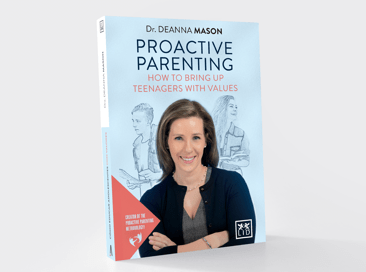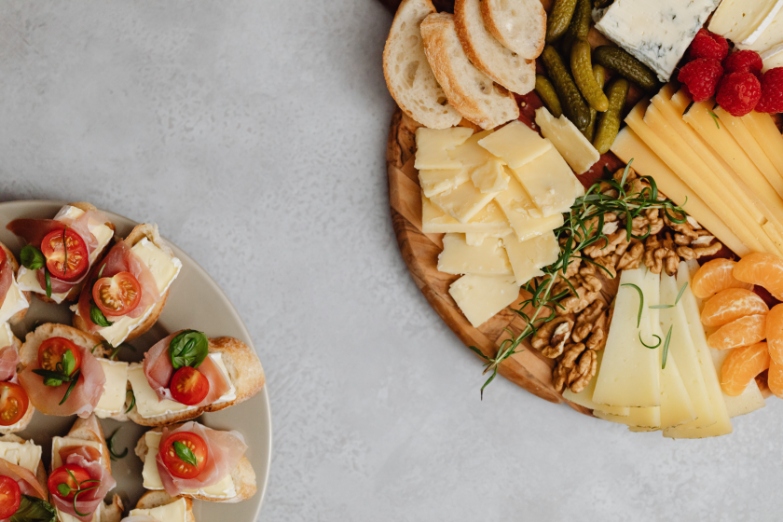Julia was delighted to begin solid foods with her 6-month-old son Brandon. Brandon was a champion eater and quickly learned to manage the iron-fortified rice cereal fed to him from a spoon. As Brandon grew, Julia began introducing pureed foods to provide a more balanced diet in addition to breast milk. By 8 months, Brandon grew impatient for his mother to spoon purees into his mouth. At 10 months, Brandon was communicating he was hungry even though he had eaten three bowls of puree an hour earlier. Julia was wondering why her son had such a veracious appetite and wasn’t content after eating
It is a pleasure to introduce infants to the new tastes of solid foods at 6 months of age. Watching their little tongues learn to move food from the front to the back of their mouths to swallow is mesmerizing. And as soon as they have mastered this skill, parents love to start introducing other foods in pureed form, such as fruits and vegetables. Later, protein sources such as meat, fish, or legumes are also added to the purees to provide a balanced diet in addition to breast milk or formula.
However well intentioned, some parents continue to provide purees rather than moving onto solid table foods because:
they fear that their baby won’t eat enough;
their baby will not be able to mash the soft foods with their gums;
their baby will choke on non-pureed foods; or
the parent enjoys spending time feeding their little one with a spoon.
Reasons such as these may lead parents to offer purees longer than is recommended.

Breastfeeding Bootcamp
Includes 16 lessons.
It doesn’t matter whether you are a new mom or if this is your second or third child: breastfeeding is not always easy. Each baby is unique, and your body is also…

Newborn Care
Includes 8 lessons.
The first three weeks of life are key to your baby’s development. What the newborn feels during this time constitutes their first experience of the world, and will…
Baby cereals and purees are only needed during the first months of learning to eat solid foods. Babies need to learn to control their tongues to move the food from the front of their mouths to the back of their mouths to swallow. Purees allow them the perfect consistency to master this skill. The next step is for them to accept food into their mouth and learn to chew the food with their gums before swallowing. This natural transition from swallowing a liquefied food (puree) to breaking down soft foods (chewing) helps prepare babies for feeding themselves independently.
When parents continue to offer purees rather than soft table foods, there are a few issues that can arise, including:
Babies take a passive role in eating because the parent is directly involved with spoon-feeding. This can interfere with the baby’s natural hunger and satiety responses;
It can be difficult for babies to accept foods with different types of textures because they are not used to feeling all the unique ways that solid foods feels in the mouth;
Babies can choke if they think they are supposed to swallow everything in their mouth without chewing. They need time and practice to learn to chew before swallowing; and
Purees pass through the stomach faster than solid foods because they are already partially broken down before being swallowed. This can lead to feelings of hunger and stress about when the next offering of food will occur.
To help your baby avoid these and many other issues around feeding, it is recommended that purees are phased out and soft, solid foods are introduced as soon as your baby can move foods easily from the front of their mouth to the back to swallow. This usually happens for most infants by 6-8 months of age. After your baby has mastered this skill, you can start providing foods that the rest of your family is enjoying. You can offer well-cooked, mashed, or ground fruits and vegetables, mashed potatoes, sticky rice, or wheat-free dry cereals like Cheerios that have been broken in half in addition to breast milk or formula.
By 7-10 months, most infants are able to eat chopped cooked vegetables, canned or cooked fruits, cheese, mashed cooked dried beans, strips of toast, crackers and dry cereal, as well as breast milk or formula. And by 9-12 months, most babies can eat cut up soft cooked foods, cut up soft foods like bananas or peaches, tender chopped meats, dishes with noodles that are cut up, dry cereal, toast, crackers, eggs, and cheese, in addition to breast milk or formula. This progression is to prepare your baby to move onto being a toddler on their first birthday and be able to eat everything from the family table that is soft. Remember to avoid foods that can cause choking like whole grapes or sausage rounds. Meat should continue to be cut up into small pieces. Whole pasteurized milk can be given in place of breast milk or formula.

How to Keep Your Teen From Becoming a J@ck@$$
Dr. Deanna Marie Mason PhD
This practical hands-on book explains how to help teens in the process of finding themselves as they grow into adulthood. It is a unique, special guide because it shares teens’ perspectives on what they need to become the people of their dreams…

Proactive Parenting: How to Raise Teenagers with Values
Dr. Deanna Marie Mason PhD
Cyberbullying, sexting, alcohol, drugs, unwanted pregnancies, bullying, academic disinterest, and eating disorders are just some of the worries parents face today. However, these situations or behaviors can be avoided if children are educated in values…
Allowing your baby to grow and adapt their eating habits during the first year of life, as their development permits, will set them up to learn to accept and enjoy a wide variety of foods that support a healthy diet. They will also learn to take more control over eating enough food to keep their bodies satisfied between meals and snacks. Encouraging your baby to transition from purees to solid foods is a wonderful way to support their growth and development.
Sources:
Satter, E. (2000). Child of mine: Feeding with love and good sense. Boulder, CO: Bull Publishing Company.
Swarzenberg, S. Georgieff, M. & Committee on Nutrition. (2018). Advocacy for improving nutrition in the first 1000 days to support childhood development and adult health. Pediatrics 141(2), doi: 10.1542/peds.2017-3716.
World Health Organization. (2003). Feeding and nutrition of infants and young children: Guidelines for the WHO European Region. Denmark: WHO Region Publications.
About the instructor
Proactive Parenting
Deanna Marie Mason PhD
More than 20 years of clinical experience helping families:
Bachelor's Degree in Registered Nursing, Master’s Degree in Pediatric Nurse Practitioner and PhD in Nursing. University professor, patient education specialist, pediatric researcher, published author and reviewer to first-line international scientific journals, continuous philanthropic activity related to health promotion and education, wife and mother of two children.





